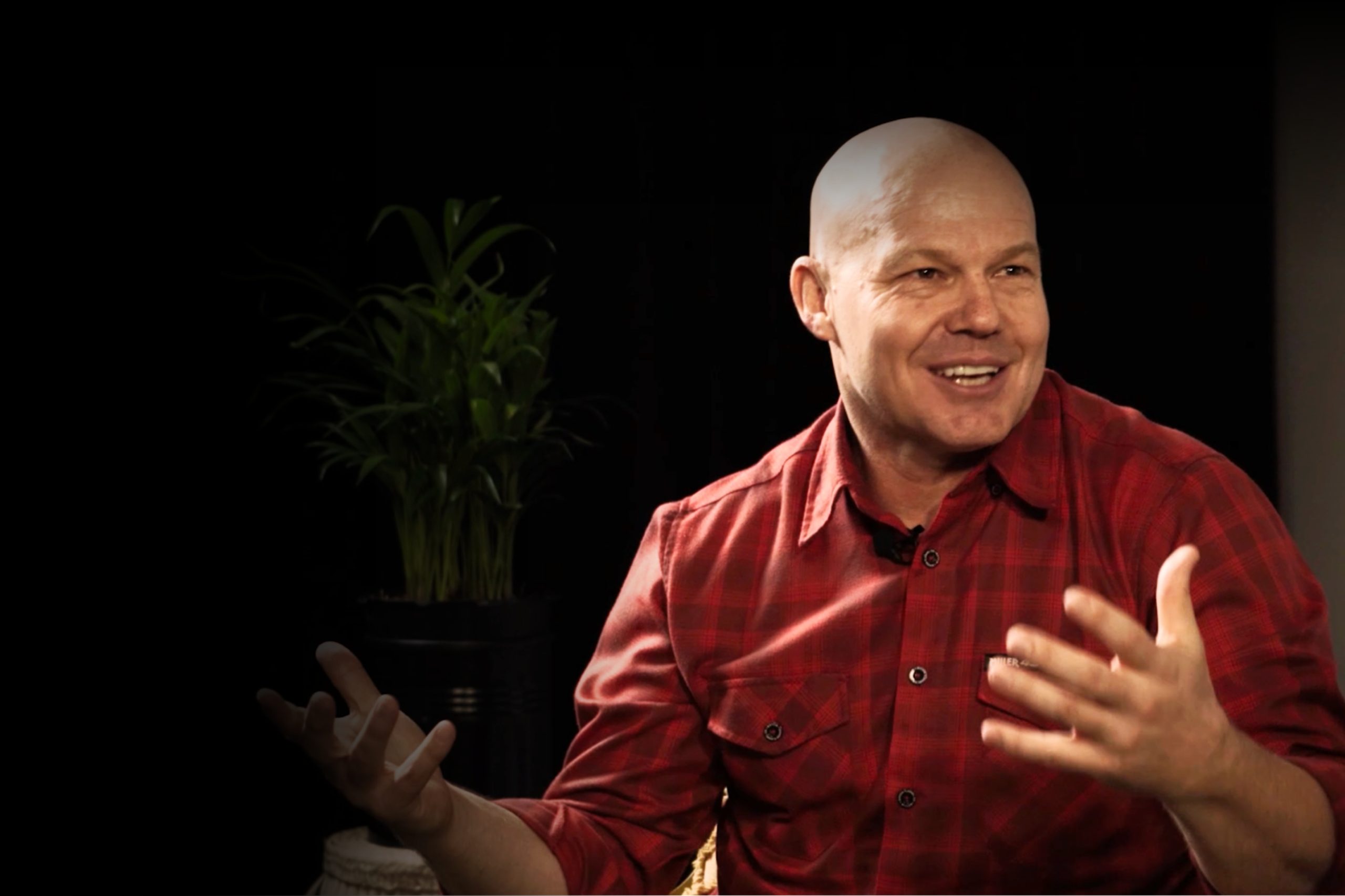In a huge year for geopolitics and potential subsequent volatility, fund managers are expecting moments of opportunity and are positive about the outlook.
Speaking at Amplify Investment Partners’ One Moment events in Johannesburg and Cape Town, fund managers indicated there are some reasons for optimism following a relatively smooth election and Cabinet appointment process, improvement in electricity supply and hopes for better economic growth. They also outlined some of the strategies they have used to manage Amplify’s funds, whose performance has helped Amplify grow assets under management by 580% since 2015 to R53bn (R7.5bn in hedge funds).
ELECTIONS
Melanie Stockigt, head of fixed income at Laurium Capital, manager of the Amplify SCI* Balanced Fund, said the government of national unity (GNU) was a politically astute move, and while the new Cabinet is not perfect, the composition was better than it could have been expected going into elections. Now investors want to see policy certainty and commitment to reform and implementation.
Importantly, investors want continuity with Operation Vulindlela, the economic reform implementation task team covering energy, logistics, transport, infrastructure, telecoms, visa reform, and the identification of blockages and attempts to remove them. As the fund invests in government bonds that are fixed rate, and as it remains overweight SA bonds, it needs to know inflation is under control.
While there are many ways success of the GNU can be delayed or denied, there is some comfort in policy choices and implementation to increase the economic growth rate, investment and employment, and reduce poverty and inequality, with a recognition of the inclusion of the private sector. Stockigt said that at some point in the cycle, there will be a move into a search for yield, and the fund’s managers argue that with potentially higher economic growth in future, South Africa will stand up well to other emerging markets.
Growth has been 1% over the last decade, and the South African Reserve Bank (SARB) estimated that loadshedding shaved 1.5% off GDP in 2023, while logistics issues have also had a huge crippling effect. The good news is new management at Transnet and a freight logistics roadmap that includes the private sector.
The measure of success will be evident in business confidence and the state of SA’s debt to GDP. There is a need to keep spending under control, to increase revenues, and for borrowing costs to be reasonable. Using a base case of economic growth rising by 2% to 2026, debt will stabilise but continue to rise. The wrong policy choices and a stagnating economy will quickly see debt spiral out of control. But if growth is higher, at 2.6% or more, SA’s debt position can be very quickly improved.
The fund’s managers think the seeds are potentially being sown, and that there might just be sunrise on the horizon.
CREDIT
Credit is cheap because of low growth, low business confidence and impediments to growth in the economy, Erik Nel, CIO of Terebinth Capital and manager of the Amplify SCI* Strategic Income Fund said at the One Moment event.
The SA credit market is predominantly SA government bonds (79.5% of fixed income instruments issued in SA), with the rest being mostly issued by banks, followed by SOEs and corporates. There are only 40 corporate issuers in SA outside of the banks, so it is a credit market that’s not well developed, and not well diversified.
Banks are increasingly big players as they are sitting on cash and there is a demand supply mismatch with reduced issuance on weak GDP growth, high government bond yields crowding out the private sector, and elevated private placements and SOE bailouts preventing market forces from revealing risks timeously. Equity market underperformance is diverting demand into fixed income.
While the US credit market reacts vehemently to news, this is not the case in SA, where, for example, there was zero price discovery that something was wrong at the Land Bank, Nel said. SA credit remains a conundrum, where credit is not priced relative to where the economy is finding itself.
EQUITIES
Opportunities in the equities market are shrinking, resulting in an increased focus on downside protection, said Etienne Roux, analyst at Amplify SCI* Wealth Protector Fund manager, Truffle Asset Management. With the number of companies shrinking, valuations depressed, multiples low, and several big companies including Steinhoff, Distell, Mediclinic and Imperial Logistics no longer on the JSE, liquidity has been significantly reduced. Foreign investors have been pulling out, and SA has become smaller, less relevant, and a higher risk country, so it is understandable that foreigners want to invest elsewhere, Roux said, adding that Regulation 28 has accelerated the flight of capital.
There is also a cyclical reason, with the US having been “the only game in town in the last five years”.
Additionally, some of the big shares had specific issues – where their businesses or their environment changed, including MTN, British American Tobacco, Naspers and Sasol.
But the fund’s managers sees many great investment opportunities, including government bonds. In terms of the global cycle, interest rates are at a peak and starting to come down, and a lot of capital will have to find another home including in emerging markets. As loadshedding has improved, there should be a positive effect based on the prior year effect it had in GDP. 50% of the JSE index are SA-focused businesses that have had 10 to 12 years of exceptional trading conditions, so if the country gets a few things right, there will be significant opportunities and a lot of shares that have been overlooked could provide investment opportunities.
The fund sees opportunities in companies that are cleaning up or bulking up such as Capitec, which is getting bigger and more diversified, and Investec, which has been out of favour and in the last few years increased the quality of its business. There are also new listing opportunities in companies such as OUTsurance and Pepkor, which are high quality, and smaller caps like WBHO, Motus and KAP, trading at 5 or 6 PEs, with a lot of bad news priced in and a lot of upside, with high internal rates of return and many trading at discounts to what they traded on in the past.
HEDGE FUNDS
Managers of several Amplify hedge funds provided One Moment delegates insight into their strategies to provide risk-adjusted returns with low levels of correlation with equities.
All Weather Capital portfolio manager Chris Reddy, who manages the market neutral Amplify SCI* Enhanced Equity Retail Hedge Fund, said the fund’s preferred method is index shorts due to declining liquidity on the JSE. Most alpha is derived from stock specific long calls and protection with shorts. Reddy said the second half of 2024 is positive from a SA economic point of view, and an increase in foreign flows.
Oyster Catcher Investments CEO and portfolio manager Jonathan du Toit manages the Amplify SCI* Managed Equity Retail Hedge Fund, which aims to beat equity rather than a cash benchmark. Du Toit said SA equities look cheap relative to their own histories and other emerging markets. The key question is if banks are going to start lending more, which will increase confidence. The fund’s strategies are biased towards a more favourable SA macro environment.
The Amplify SCI* Real Income Retail Hedge Fund is a multi-strategy fund with a macro mindset which looks for yield in fixed income, currencies and commodities, Marble Rock Asset Management CEO and portfolio manager Barry Ross said.
Acumen Capital portfolio manager Greg Hamstra said the Amplify SCI* Absolute Income Retail Hedge Fund looks for anomalies not obvious to the naked eye that provide a tradeable opportunity, combined with its risk matrices, which allows the fund to maintain a reasonably conservative but stable return.
INVESTMENTS
Sollie van der Linde, portfolio manager at Matrix Fund Managers, which manages the Amplify SCI* Defensive Balanced fund and the Amplify SCI* Absolute Fund, said Matrix is unconstrained by a static asset allocation model. For example, in 2016, it had zero government bonds and was high in cash, and in the pandemic moved cash to nearly zero, indicating that the fund’s managers are not scared to make active bets as long as they meet the steady return profile. To attain alpha, the funds uses derivative instruments and have found many opportunities to express macro views on the curve.
GLOBAL EQUITY
US-based Sarofim & Co, which manages Amplify’s Global Equity Fund and Global Equity Feeder Fund, employs a sustainable growth investment philosophy that long term earnings growth drives stock price performance. Its investment-led research-driven strategy is delivering a strong investment return.
In a year of US elections, Sarofim research going back 40 years has indicated that there is no key trend in market performance based on whether there is a Republican or Democrat win, including in the four years after the election, with the US having strong economic and political institutions that foster growth, portfolio manager AJ Gracely said. Its research also found that news-oriented strategies have a high degree of difficulty.
Sarofim believes that a focus on earnings growth is what works long term for stock price performance. Looking at the MSCI World, earnings have the strongest correlation to stock price performance, followed by revenue, and this correlation strengthens over time. A change in valuation is not heavily correlated to stock price performance, so strong earnings growth leads to stock performance over time.
Its research showed markets reward consistent earnings growth with higher returns, with companies that grew earnings and had higher stock performance on a routine basis including Broadcom, Synopsys, Microsoft, ASML and Apple. Nvidia, the top performer on 1, 3, 5 and 10 years is not on the list, indicating the significant importance of magnitude and recency, with only a few companies filling both these requirements producing strong returns relative to MSCI World, chief among them Nvidia, as well as companies like Netflix and Amazon. Consistency and magnitude are dynamic and must be constantly evaluated, he said.
Sarofim’s hypothesis is that earnings growth drives long term stock price performance. Between now and November there is going to be a lot of noise, but over long term “earnings trump headlines”, he said.
*Sanlam Collective Investments
Click here to view disclaimer











